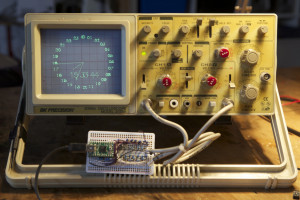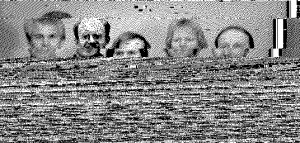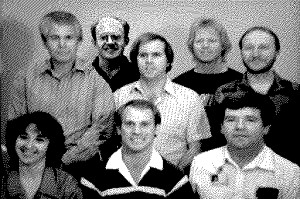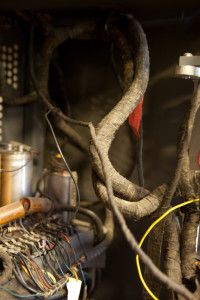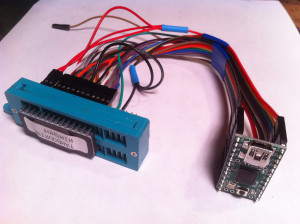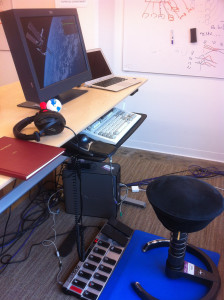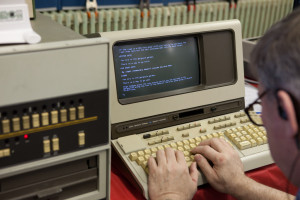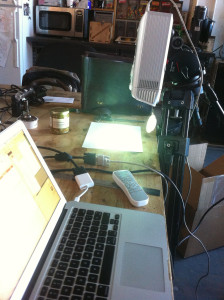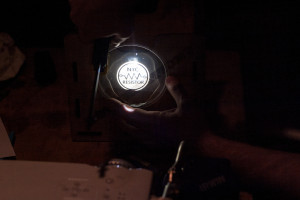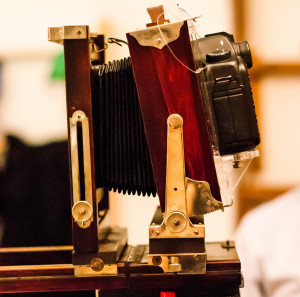Vector displays are now mostly historical oddities — old arcade games like Asteroids or Tempest, or ancient FAA radar displays — which gives them a certain charm. Unlike modern raster displays, the electron beam in the CRT is not swept left to right and top to bottom for each row in the image. Instead the beam is steered to a point and traces the lines of the displayed image.
Most dual channel oscilloscopes have an XY mode in which the timebase is replaced by the second channel, so instead of a constant sweep frequency the two inputs to be plotted relative to each other. Generating low frequency analog voltages out of a small microcontroller with PWM through a low pass filter is quite common for adjusting the brightness of an LEd, but drawing complex shapes requires a faster way to change the voltage. One very easy way to do this is with an R-2R ladder DAC.
Read on for more details about how to build your own vector display hardware and some ways to draw shapes on your oscilloscope’s screen.
Continue reading »
